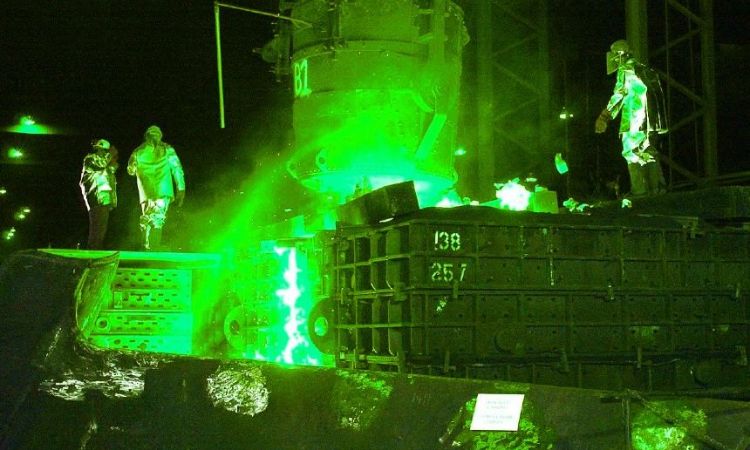Indian steelmakers are calling for government support to incentivize the production of ‘green steel,’ also known as low-carbon emissions steel, as they invest in measures to reduce carbon emissions. Currently, the regulatory environment in India is not conducive to the transition to green steel, and companies are seeking government support for the switch.

Lack of Incentives for green steel production in India
Tata Steel‘s Managing Director and CEO, T V Narendran, stated that while the regulatory environment in India is moving towards incentivizing the transition to green steel, it is not yet sufficient. Currently, lower CO2 emissions do not receive any advantage, and customers do not pay more for steel produced with lower carbon emissions. Therefore, the whole ecosystem must evolve for the transition to occur faster.
Large-scale investments and government support are necessary for the transition
Large-scale investments are required for the transition to green steel, but demand and the “green premium” in the domestic market are in question. Steel companies require government support to incentivize the production of green steel. The CEO of ArcelorMittal Nippon Steel India, Dilip Oommen, highlighted that proactive government support is necessary to accelerate the transition to low-carbon emissions steel. He suggested that the right policy and regulatory frameworks, along with incentives for producers and consumers of green steel, would drive low-carbon economic development and achieve the ambitious net-zero goal by 2070.
Government intervention is essential for demand creation
Saarloha Advanced Materials, a Kalyani Group company, has started producing ‘green steel’ under the ‘Kalyani Ferresta’ brand, but demand and the premium for the product are yet to pick up. According to R K Goyal, Managing Director of Kalyani Steels and Director of Saarloha, government intervention is essential for demand creation. He suggests that in all government and public sector purchases, a certain quantity should be specified as ‘green’ with less than 0.2 tonnes of CO2 emissions per tonne of crude steel. There should be incentives to support the demand for green steel.
Government support in other geographies for the transition to green steel
Steel companies in other geographies are receiving government support for the transition to green steel. For example, the European Union has granted funds to support capex-related activities, and the US government has initiated a $6.3-billion Industrial Demonstration Programme, which will provide grants of up to 50% of the cost to projects that aim to reduce emissions. Canada has introduced the Decarbonisation Incentive Programme (DIP) to incentivize the decarbonisation goals of its industrial sector.
India’s steel industry and its net-zero target
The Union steel ministry in India has set up 13 task forces to identify action points for each aspect of green steel production, including raw materials, technology, and policy frameworks. In the long term, policy interventions, financial support, and infrastructure development will be necessary to push deep decarbonisation of the steel industry, according to Alok Sahay, Secretary General of the Indian Steel Association. Viability gap funding is the right way to help decarbonize the steel industry. This has to be dovetailed with generating demand for low-emission carbon steel through government procurement, to begin with.
Demand for low-carbon steel in India
Demand for low-carbon steel is yet to pick up in India, but developed nations have steeper net-zero targets, and they are already asking about emissions. A spokesperson of Jindal Stainless has stated that they have started receiving enquiries from international customers about the company’s green initiatives and emissions targets.















